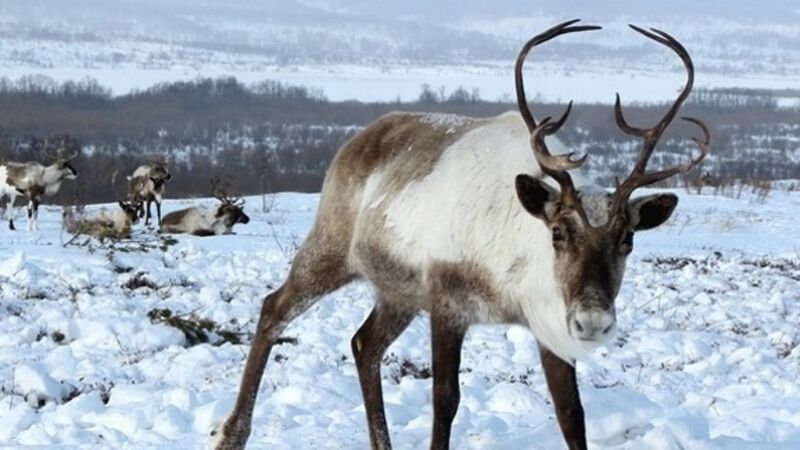Appliance of Science: How do reindeers fly and how can Santa see everything?

It’s time for Christmas lists, Christmas gifts, Christmas treats and lots of extra Christmas questions. Curious minds have lots to wonder about when it comes to Santa and his important deliveries. Here are just some of the questions that children are asking this season;











